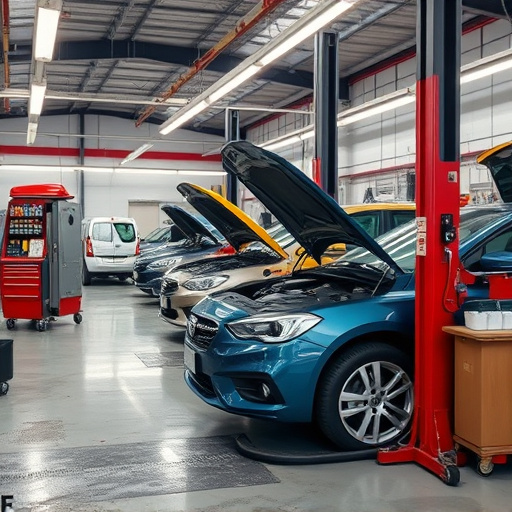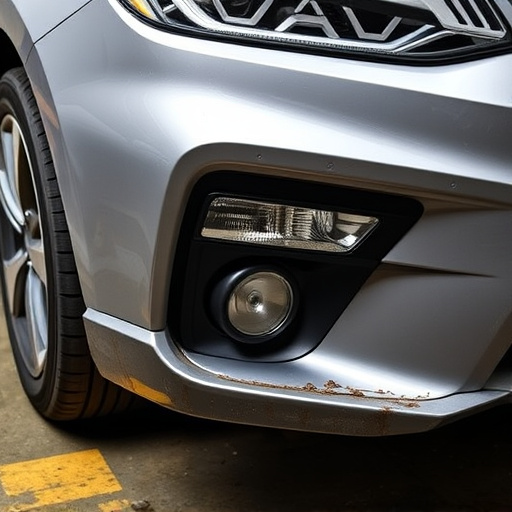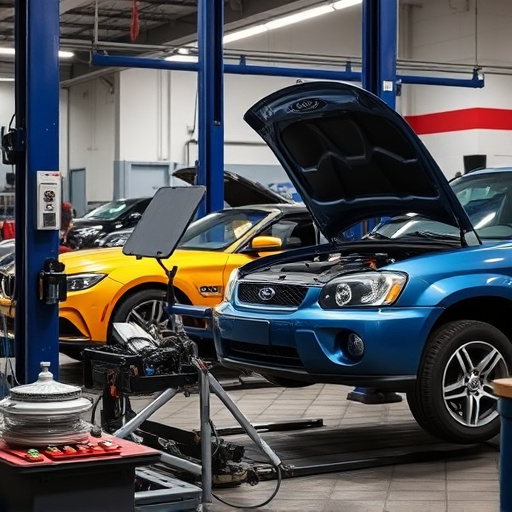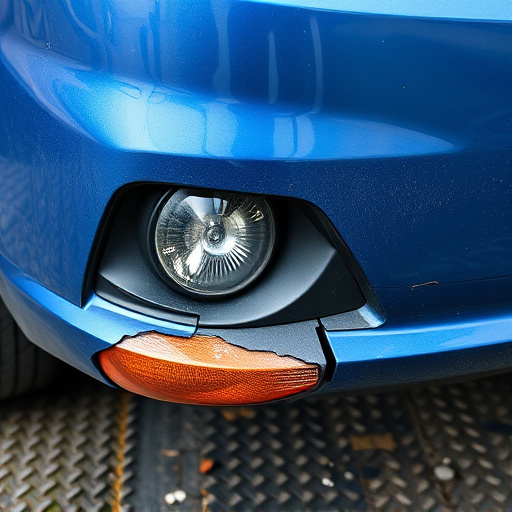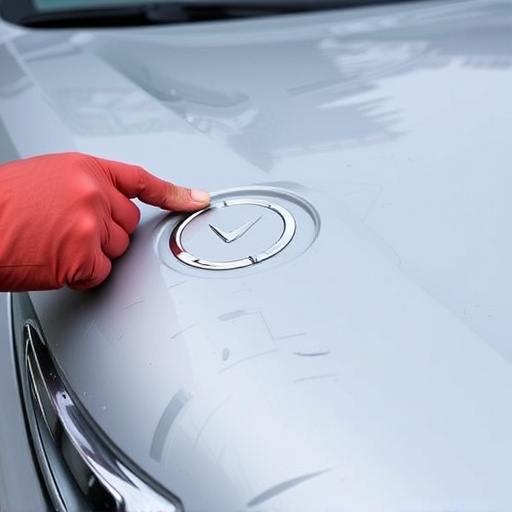In peak seasons with high customer demand for hail damage repair, auto shops prioritize swift and thorough assessments, specialized teams, clear communication, digital documentation, and transparent cost discussions to maintain reputation and customer satisfaction, ensuring operational continuity despite seasonal challenges.
In the peak season, severe weather events like large-scale hailstorms can cause significant disruptions. This article explores how shops navigate the challenges of hail damage repair during high demand periods. We delve into prioritizing repairs, efficient strategies for handling extensive hail damage, and managing customer expectations through effective communication in the aftermath of such disasters. Understanding these processes is crucial for businesses aiming to provide swift and quality hail damage repair services.
- Understanding Hail Damage Repair Priorities During Peak Season
- Efficient Strategies for Handling Large-Scale Hail Events
- Customer Communication and Expectations in Post-Disaster Restoration
Understanding Hail Damage Repair Priorities During Peak Season

During peak seasons, when businesses are bustling with increased customer traffic and sales, handling large-scale hail damage repairs becomes a critical task for shops. Understanding the priorities in such situations is essential to ensure efficient service delivery. Shops must first assess the extent of the damage across a wide area, often involving numerous vehicles, both on-site and in their fleet repair services.
Prioritizing repairs involves balancing immediate customer needs with long-term operational requirements. While quick turnarounds are desirable, especially for auto collision centers, thorough car body restoration processes cannot be compromised. This delicate balance ensures that businesses can maintain their reputation while effectively managing peak season challenges, ultimately leading to satisfied customers and a thriving operation.
Efficient Strategies for Handling Large-Scale Hail Events
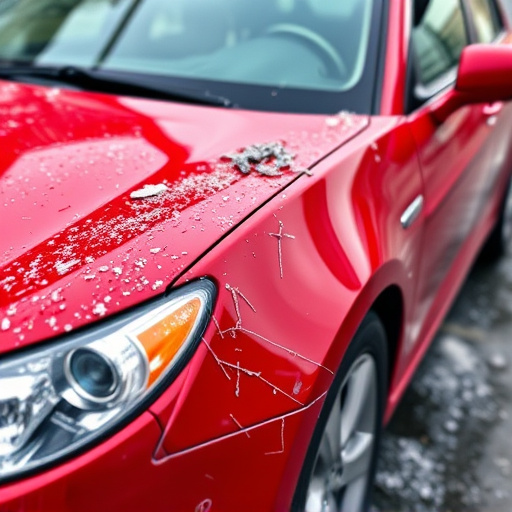
During peak seasons, when large-scale hail events strike, efficient strategies are paramount for shops to swiftly address hail damage repair. One effective approach involves prioritizing areas with the most severe damage and allocating resources accordingly. This might mean deploying specialized teams equipped with advanced tools tailored for auto body repairs, such as precision sanders and high-quality paints, to handle the highest volume of claims first.
Shops also benefit from establishing clear communication channels with customers, keeping them informed about estimated repair timelines and providing accessible platforms for tracking claim progress. Additionally, leveraging digital tools for documentation and damage assessment streamlines processes, ensuring that repairs are accurately captured and insurance claims are processed efficiently. This proactive approach not only minimizes disruptions but also fosters trust between the shop and its clients, including those seeking auto repair near me or automotive repair services for vehicle bodywork repairs.
Customer Communication and Expectations in Post-Disaster Restoration

After a severe hailstorm, customers expect swift action from their local shops for hail damage repair. Effective communication is key to managing expectations during this challenging time. Shops should promptly acknowledge receipt of customer reports and provide regular updates on the estimated timeline for repairs. Transparency about the extent of the damage and the complexity of the restoration process helps build trust.
Clarity in communication is essential, especially when discussing potential costs and coverage under insurance policies. Customers appreciate shops that offer detailed estimates, explain the repair process step-by-step, and keep them informed about any changes or delays. This open dialogue ensures customer satisfaction and fosters a positive perception of the shop’s services, even in the midst of a chaotic situation like widespread hail damage repair.
Shops playing a vital role in community recovery during peak seasons must efficiently navigate hail damage repair while managing increased demand. By prioritizing repairs, implementing strategic plans for large-scale events, and maintaining open communication with customers, businesses can ensure swift restoration and maintain customer trust. These practices are essential to overcome challenges posed by hailstorms and deliver exceptional service during and after disaster events.
